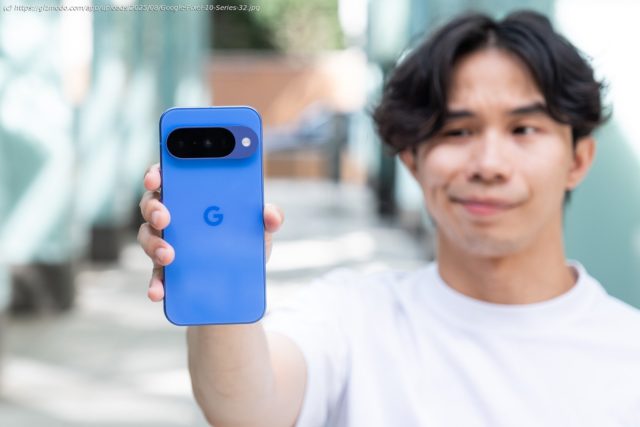Google has basically declared the tech specs race over for phones. It’s all about AI and Gemini now.
If you just look at the Pixel 10’s physical design, you’re going to be disappointed. Google’s new $800 Android smartphone looks almost identical to last year’s Pixel 9, save for an additional 5x telephoto camera lens and some new colors, including the makes-me-smile Indigo blue. But like most new phones, there are a bunch of small upgrades internally that adfd up to a better daily experience, even if they’re not revolutionary. All of that stuff is good and necessary for a new phone—though, there are some features that are a downgrade—but the real star of the Pixel 10 is AI. Google has injected a heavy dose of AI and Gemini into Android to make the Pixel 10 feel genuinely more personalized and helpful.
The Pixel 10 is still fundamentally the touchscreen phone experience that Apple pioneered with the original iPhone. Android 16, with the new Material 3 Expressive design language, is still a home screen of app icons and widgets that you tap and swipe through. More than before, AI and Gemini are integrated in more places. There’s a lot of AI to take in and learn, and it’ll take more than the one week I’ve been testing the Pixel 10 to rewire my brain to not only use the phone’s many AI features but also remember that they exist. However, I can already see where Google thinks phones are headed—the intersection of phones and AI is inevitable, whether you like it or not.Hardware upgrades and downgrades
I’ll get to the AI part in a moment because even though the Pixel 10 looks similar to the Pixel 9, Google did make some small, but notable improvements. Those include a 6.3-inch 120Hz OLED display that can reach a higher 3,000 nits of peak brightness, a more powerful Tensor G5 chip, a larger 4,970mAh battery, slightly better-sounding speakers, and a 10.8-megapixel telephoto lens with 5x optical zoom. The Pixel 10 also supports faster Qi2 wireless charging and the new Pixelsnap magnetic wireless charging puck, which is Google’s own version of Apple’s MagSafe for iPhones. I’m happy to report that the Pixelsnap puck attached to the Pixel 10 with a satisfying snap, and it’s quite strong. There’s nothing groundbreaking about any of these upgrades, but I appreciate them all the same, especially the longer battery life and Pixelsnap.
The Pixel 10, from a hardware standpoint, may look less appealing when you dig deeper into some of the other specs. While finally having a telephoto lens is great, the main and ultrawide cameras are actually smaller image sensors with less resolution compared to the same cameras in the Pixel 9. The main camera got knocked down from a 50-megapixel main camera to a 48-megapixel one, and the 48-megapixel ultrawide down to a 13-megapixel shooter. If those camera modules sound familiar, that’s because they’re the same ones found in the $500 Pixel 9a. The selfie camera is the same 10.5-megapixel shooter from the Pixel 9.
They’re not bad cameras by any means—Google’s own image processing still does a lot of the heavy lifting to tweak photos so that they look decent—but sticking the same cameras from a $500 phone into an $800 one is not going to go over well with nerds. Photos from the Pixel 10 are good enough for posting on Instagram, but if you really zoom in on the details, you’ll find less vibrant colors, soft and muddied details, and just an overall lack of sharpness even outdoors. The 5x telephoto is making use of an updated version of Super Res Zoom, which enhances the sharpness of photos at 5x zoom and above. It works, but I wasn’t blown away by zoomed-in photos. If you want better photos on a Pixel, it’s clear to me that you’ll need to step up to the Pixel 10 Pro or 10 Pro XL. I’m still a little shocked that Google’s camera stack has fallen so behind as it prioritizes AI camera features like Auto Best Shot, which combines several similar images into one “best” shot. It’s time for Google to go back to basics and focus on image quality again.
Other unforgivables that may upset people include the removal of reverse wireless charging, an LTPS instead of LTPO screen, no vapor chamber for better cooling, and the loss of the SIM card slot for U.
Домой
United States
USA — software Pixel 10 Review: Google Delivers the AI Phone That Apple Promised






